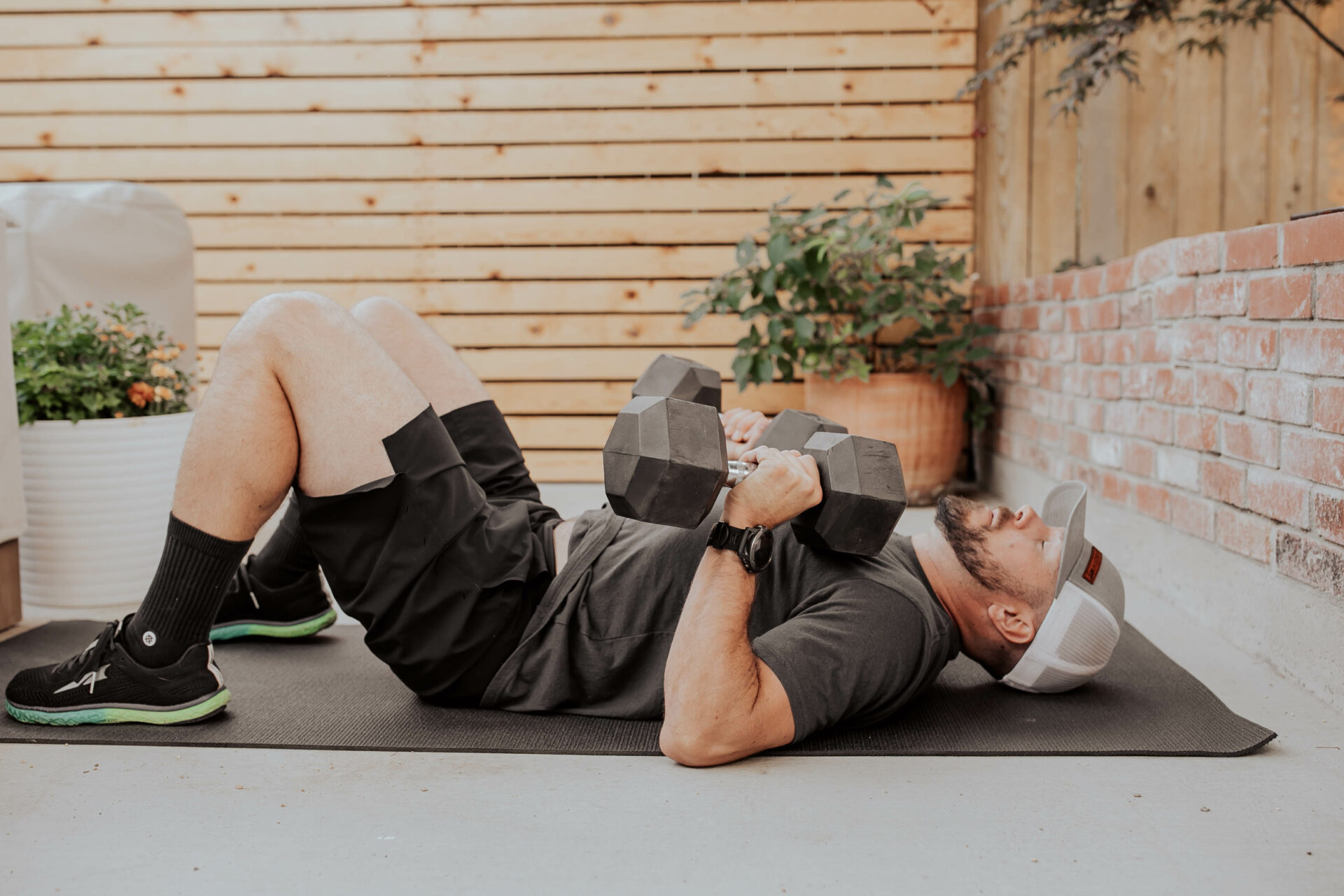Do you avoid certain exercises due to fear of hurting yourself or chronic pain? Or skip it all together? Which leads to no movement. And then a lack of confidence. We get it. It’s no fun and can feel hopeless and like you’re stuck. Oftentimes movement is the catalyst for many other healthy behaviors, so when we don’t get movement in, it can act as a giant obstacle from us feeling motivated to getting a workout in, or choosing healthier foods, or even pushing us to binge watch netflix and stay up later. So what can we do? Below we’ll list our top ways to have less pain when getting exercise so you can get back to doing what makes you feel your best.
Rest is needed less often than you think
We ARE huge fans of getting enough quality sleep, yet there is such thing as too much rest when it comes to injuries or pain. And this may sound counterintuitive, yet most oftentimes when we have pain while working out, we actually need to keep moving in order to get out of that pain. What do we mean by that? Well if you have pain – say below a 5 on a scale of 1-10, 10 being the worst pain and 1 being just noticeable – then rest is likely going to make things worse. When we have pain, we need to keep blood flow going, and keep working the supportive muscles around the pain point so they can support it. Yet this can be done improperly, which leads us to our next point…
Fix your form
It’s so very common for an injury or pain to come from improper technique while moving your body or exercising. Whether it be running too much with the wrong running gait, or lifting heavy weights above your head with your shoulders shrugged too high. This is why shoulder, back and knee injuries are so prevalent, we tend to move along, either putting in more and more reps, or adding more weight or speed, without checking our form. Then pain happens. The good news is that we can always go back and check our form to see where we may be out of balance. One way we recommend you do this is to hire a trainer, coach, or attend a group class with a knowledgeable coach to help you with this. Have them watch you. (oh! And we have our running workshop coming up April 20th that is welcome to all!)
Strengthen and stabilize
Daily walking and finding a good PT (like Squat University) and Chiropractor are all great ways to improve pain, yet we are also huge fans of doing strength and stability work on our own in order to get out of pain or prevent it in the first place. We recommend you get help with this if you don’t know where to start, and stick with movements that keep you out of the 5-10 pain range.
Eat low inflammatory foods
This one may seem obvious, yet do we actually do it, and do we know what is “low inflammatory” for us. We all have different food triggers/sensitivities, and we want to be aware of those. And when dealing with recurring pain or inflammation there’s usually a root cause or irritant popping up. If you’ve checked all the boxes above when it comes to getting enough restorative sleep, strengthening, stabilizing, and making sure you have proper technique and load, then we want to look at what food and lifestyle triggers could be going on. First off, are we getting enough water and electrolytes? Then, are we eating foods that either show us signs of inflammation (bloating, loose stools, nausea, excessive gas, literal pain, swelling, hives or rashes)? If so, we definitely need to remove those for a period of time and work on healing the gut, and/or sticking to more quality foods in general that make you feel good when eating them. And, for some, you may not notice foods having that effect, and it may be time to experiment for 2 weeks. Try going gluten free, dairy free, lectin/grain free, or high histamine food free. If any of those common triggers help, then time to experiment some more in what foods work best for you, along with getting to the root cause of those sensitivities. If you need more guidance there, reach out to Emily by booking a free call!
Final words
If you have done all of those things above and still are having issues, it could be some unprocessed stress in your life. Whether you need to sit down and journal, go to therapy, hire a coach, or do some storywork, our nervous system holds on to things that weigh our body’s “stress cup” down. And we need to process and let a lot of those things go. If you are interested, book a call with us to see if we are a good fit for you in being your coaches!



